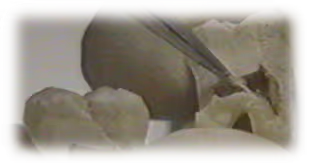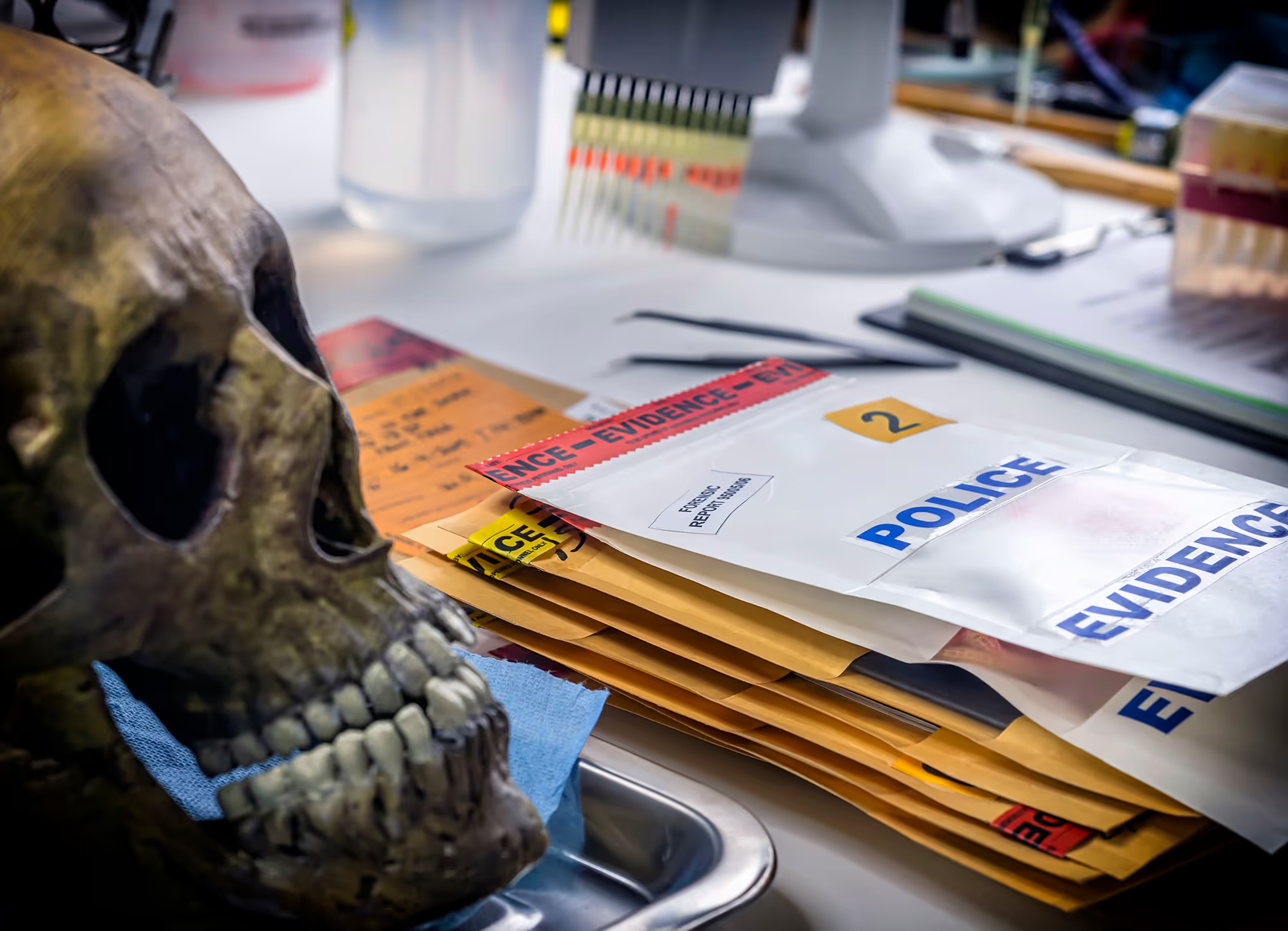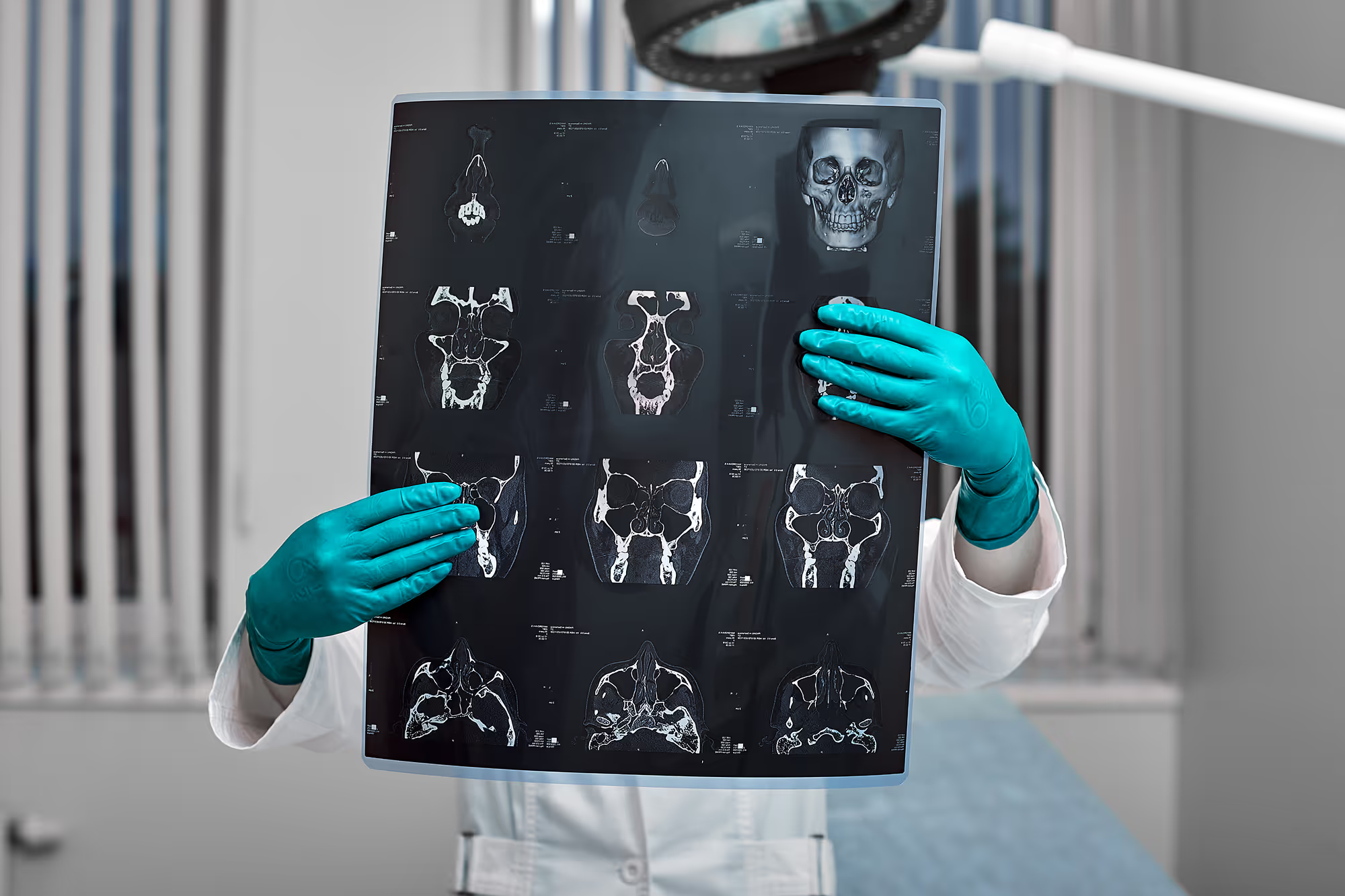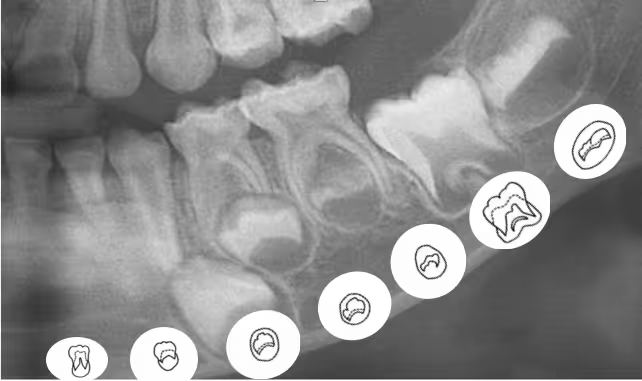Tooth as a DNA Source: Role in Forensic Identification

Tooth as a DNA Source: Role in Forensic Identification
Why Teeth?
The inner pulp tissue, a rich DNA source, is protected by the tooth’s outer layers, enamel, dentin, and cementum, which resist environmental assaults such as:
- Fire (incineration)
- Water (immersion)
- Trauma and mutilation
- Long-term decomposition
In fact, DNA has even been successfully extracted from a 4,000-year-old Egyptian mummy’s tooth.
Applications of DNA in Forensic Dentistry
Teeth can support identification in various forensic contexts:
- Bite mark analysis: Saliva swabs can be taken for DNA matching.
- Decomposed remains: Teeth provide stable DNA sources when soft tissues fail.
- Mass disasters: Teeth are often the only viable biological material left.
DNA Extraction from Teeth
There are two main extraction techniques:
- Pulp Tissue Retrieval
- Cryogenic Grinding of the whole tooth
After extraction, DNA is amplified using Polymerase Chain Reaction (PCR) and analyzed using Short Tandem Repeats (STRs), which identify repeating base sequences.
Mitochondrial vs Genomic DNA
- Genomic DNA: Inherited from both parents; highly unique and used for primary identification.
- Mitochondrial DNA (mtDNA): Inherited maternally; less unique but highly abundant, useful when nuclear DNA is degraded.
Due to its high copy number, mtDNA is often used in severely degraded samples, hair shafts, bones, and old teeth. It is commonly applied in databases like CODIS (Combined DNA Index System).
The table shows four different uses of DNA; It interprets the significance of alleles inherited from parents to missing person, or to exclude one of the suspected parents. It also illustrates that the genotyping of the suspect is included as a possible source of the evidence sample.
STR Marker Comparisons

Understanding the STR Table
The table provides simplified examples of how STR markers:
- Parentage Testing: Markers STR-a and STR-b show how a missing person's DNA is matched to maternal and paternal alleles.
- Paternity Disputes: STR-b compares a child’s alleles to those of an alleged father for compatibility.
- Criminal Investigations: STR-c illustrates how bite mark DNA on a victim can be compared to that of a suspect.
- Body Identification: STR-d demonstrates how DNA from a toothbrush matches an unknown body, confirming identity.
This profiling helps include or exclude individuals as DNA sources in legal and humanitarian cases.





















